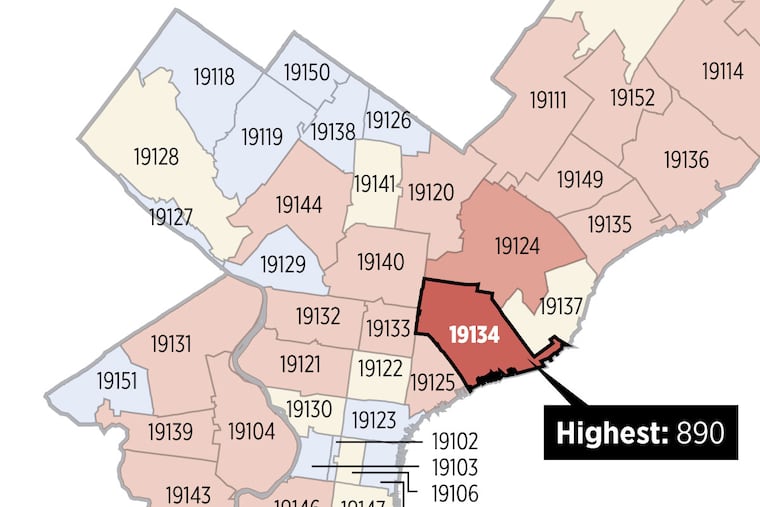The opioid overdose crisis is hitting all of Philadelphia, new data show
The opioid epidemic, though less visible in places like South and West Philadelphia, is affecting the entire city at unprecedented rates.

The opioid epidemic, though less visible in places like South and West Philadelphia, is affecting the entire city at unprecedented rates.
